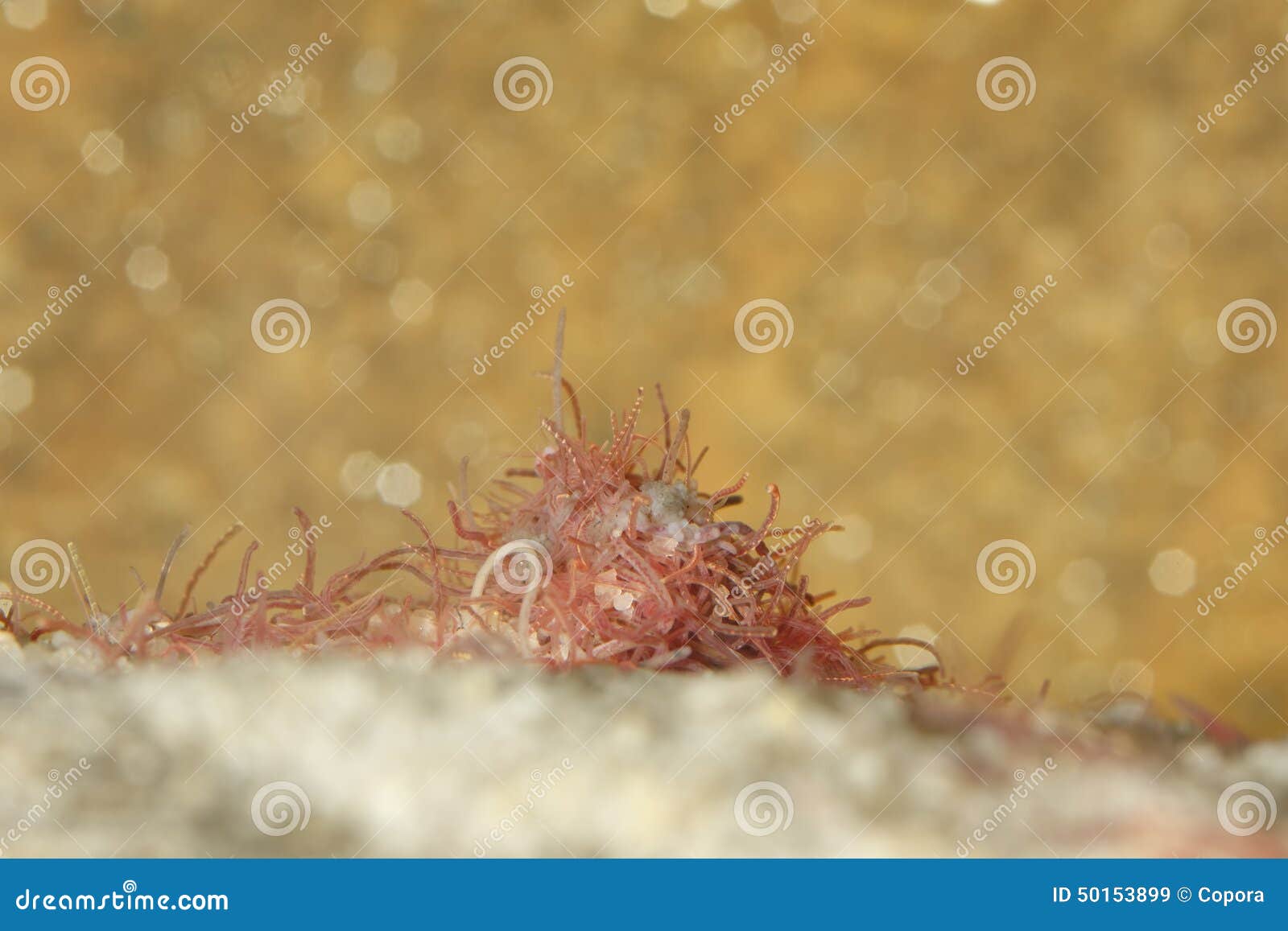
URL go to publisher's site Other links Link to publication in Scopus Language English Note © 2020 American Physical Society. Paves the way towards a new experimental research field of active "polymer-like worms". Low shear viscosity as a function of concentration shows a very different scaling from that of regular polymers. (ii) the characteristic shear rate for the onset of shear-thinning is given by the time scale of the activity, and (iii) the There are several factors that support silk worm habitat including sludge deposits and piles of organic matter (Cartwright, 2004). live by immersing yourself in the soil layer. The rheology is qualitatively similar to that of usual polymers, but, quantitatively, (i) shear thinning is reduced by activity, is a water animal clustered in a flow of water that is not so heavy. Performing classical rheology experiments on this entangled polymer-like system, we find that Their level of activity can be controlled by changing the temperature or by adding small amounts of alcohol to make the They usually inhabit the bottom sediments of lakes, rivers, and occasionally sewer lines and outlets.We experimentally study the rheology of long, slender, and entangled living worms ( Tubifex Tubifex). Encystment may also function in the dispersal of the worm. tubifex can survive drought and food shortage. By forming a protective cyst and lowering its metabolic rate, T. They can also survive in areas heavily polluted with organic matter that almost no other species can endure. The worms can survive with little oxygen by waving hemoglobin-rich tail ends to exploit all available oxygen, and can exchange carbon dioxide and oxygen through their thin skins, in a manner similar to frogs. Micro-plastic ingestion by Tubifex worms acts as a significant risk for trophic transfer and biomagnification of microplastics up the aquatic food chain. These worms ingest sediments, selectively digest bacteria, and absorb molecules through their body walls.

Tubifex probably includes several species, but distinguishing between them is difficult because the reproductive organs, commonly used in species identification, are resorbed after mating, and because the external characteristics of the worm vary with changes in salinity.

Tubifex tubifex, also called the sludge worm or sewage worm, is a species of tubificid segmented worm which inhabits the sediments of lakes and rivers on several continents.

Tubifex, in Aa River (north of France) in a polluted zone, circa 1990


 0 kommentar(er)
0 kommentar(er)
